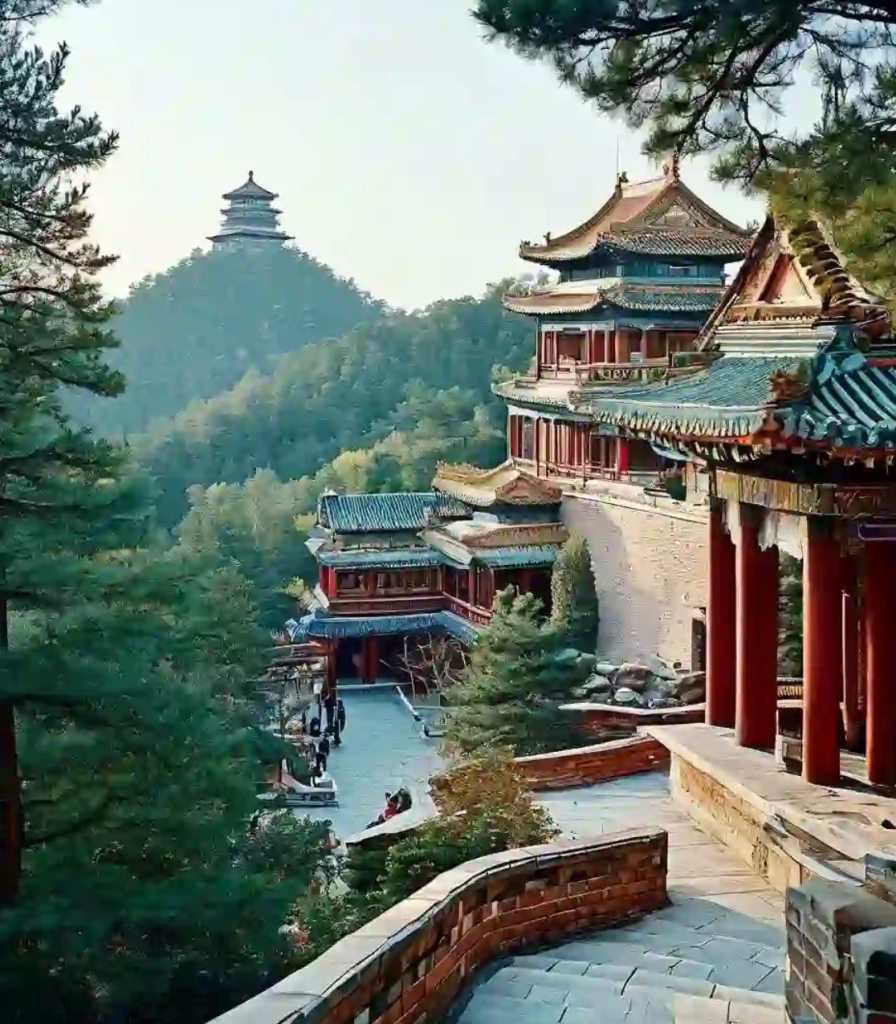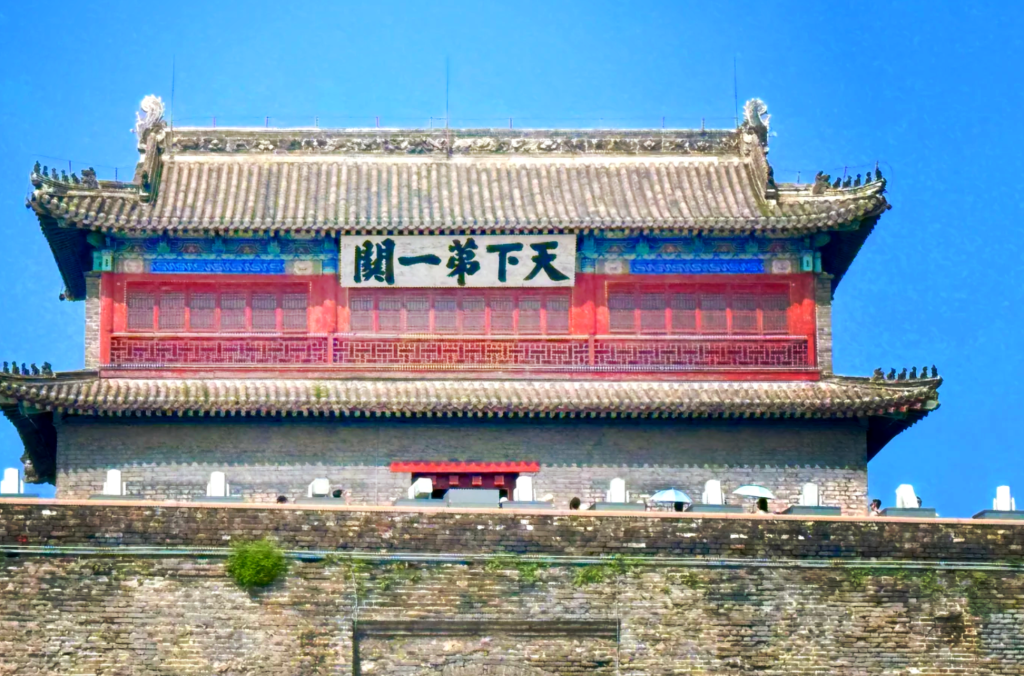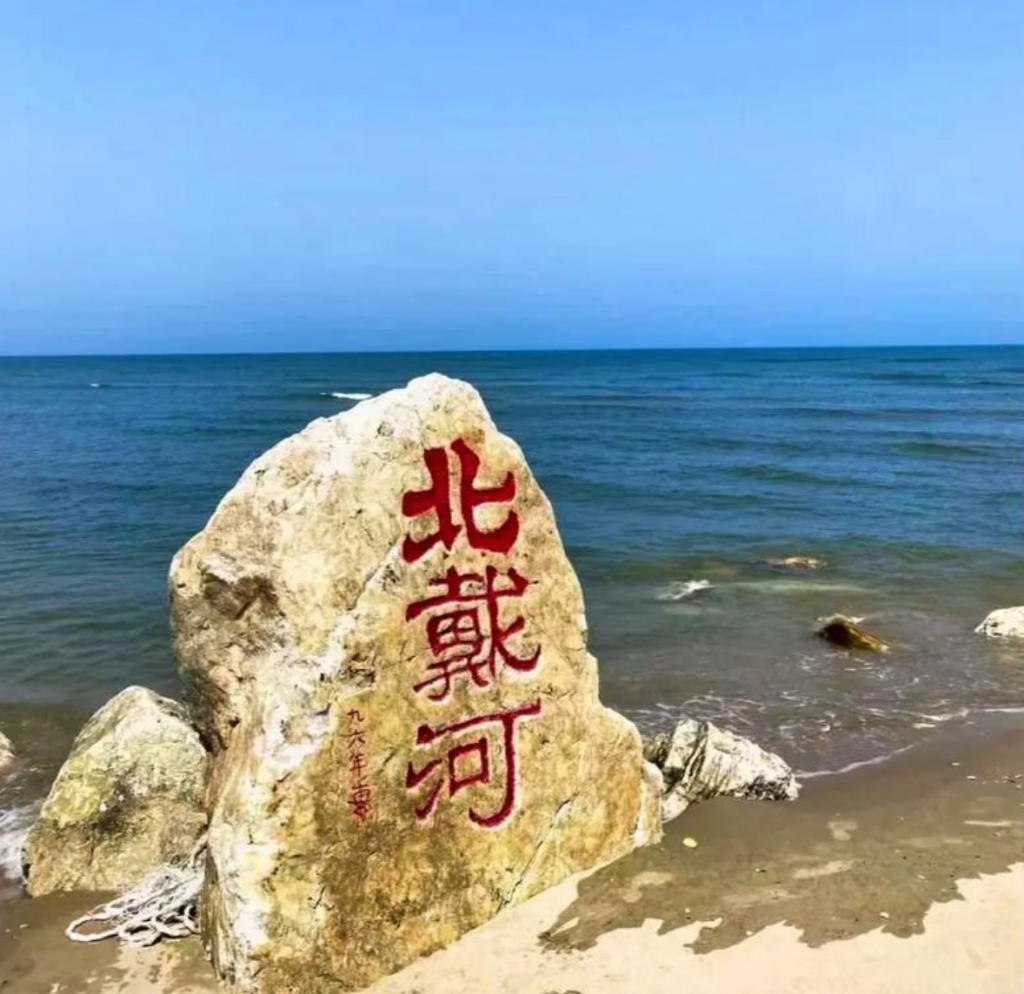What Are the Must-See Attractions in Hebei Province?
When most travelers think of China, the Great Wall, the Forbidden City, or the Terracotta Army immediately come to mind. But just beyond Beijing lies Hebei Province, a region that quietly holds some of the country’s most diverse and fascinating attractions. Stretching from the Bohai Sea in the east to the Taihang Mountains in the west, Hebei combines imperial history, religious diversity, natural landscapes, and living traditions.
Whether you are fascinated by ancient dynasties, drawn to sacred temples, or eager for outdoor adventures, Hebei has something to offer. Here are the must-see attractions in Hebei Province that deserve a spot on your travel list.
Chengde Mountain Resort (Bishu Shanzhuang)

Perhaps the crown jewel of Hebei, the Chengde Mountain Resort is a UNESCO World Heritage Site and the largest imperial palace complex in China. Built between 1703 and 1792, it was where Qing emperors escaped Beijing’s sweltering summers.
Inside, visitors will find a vast landscape of palaces, lakes, pavilions, and gardens. The resort reflects a microcosm of China, with architectural styles from different regions. A leisurely walk here feels like stepping back into an age of imperial grandeur.
The Eight Outer Temples of Chengde
Surrounding the Mountain Resort are the Eight Outer Temples, built to reflect the empire’s ethnic and religious diversity. They are among the most striking religious monuments in northern China.
- Putuo Zongcheng Temple: Modeled after Tibet’s Potala Palace, it is the most iconic temple in Chengde.
- Puning Temple: Famous for its 22-meter wooden statue of Guanyin, the tallest wooden Bodhisattva statue in the world.
- Pule Temple: Known for blending Tibetan and Han Chinese architectural styles.
These temples illustrate the multi-ethnic harmony the Qing emperors sought to represent.
Shanhaiguan and Laolongtou (Old Dragon Head)

In Qinhuangdao, Hebei’s coastal city, lies one of the most dramatic parts of the Great Wall. Shanhaiguan, known as the “First Pass Under Heaven,” marks the eastern end of the wall.
Just a short distance away is Laolongtou, or the “Old Dragon Head,” where the wall meets the Bohai Sea. This site, where the Great Wall appears to stretch into the water like a dragon drinking, is one of the most photographed sections of the wall and a must for history lovers.
Beidaihe Beach Resort
Also in Qinhuangdao, Beidaihe is a seaside resort town with a long reputation for summer leisure. Known for its sandy beaches, fresh seafood, and cool breezes, it is a favorite escape for both locals and government officials.

The area is also world-famous for birdwatching, as thousands of migratory birds pass through Beidaihe every spring and autumn.
Zhaozhou Bridge (Anji Bridge)

Near Shijiazhuang, the provincial capital, stands a marvel of ancient engineering: the Zhaozhou Bridge. Built around 605 AD during the Sui Dynasty, it is the world’s oldest surviving stone arch bridge.
Its elegant design has withstood floods and earthquakes for more than 1,400 years, and it remains not only a functional bridge but also a symbol of China’s ingenuity.
Cangyan Mountain
Just 70 kilometers southwest of Shijiazhuang is Cangyan Mountain, a site that combines natural beauty with cultural depth. Rising dramatically from the plains, the mountain is home to ancient temples and stone bridges.
The highlight is the Fuqing Temple, partly built on a stone arch bridge that connects cliffsides. The temple and surrounding scenery gained international fame when featured in the film Crouching Tiger, Hidden Dragon.
Eastern Qing Tombs
Located near Tangshan, the Eastern Qing Tombs form one of the largest and most complete imperial mausoleum complexes in China.
Here lie five emperors, fifteen empresses, and over a hundred other members of the Qing royal family. The elaborate tombs and ceremonial avenues reflect both Chinese and Manchu traditions. For anyone interested in imperial history, the Eastern Qing Tombs are an essential stop.
Western Qing Tombs
Though less visited than the Eastern Qing Tombs, the Western Qing Tombs near Baoding also hold immense historical significance. Several emperors and nobles of the Qing Dynasty are buried here, making it a counterpart to the more famous eastern site.
The peaceful setting and fewer crowds make it an excellent alternative for travelers who prefer quiet exploration.
Taihang Mountains
Stretching along Hebei’s western border, the Taihang Mountains offer dramatic landscapes of cliffs, gorges, and waterfalls.
Hiking trails take visitors through remote villages and ancient paths, while scenic areas like Jingniang Lake and Sky Bridge are popular for photography. For outdoor enthusiasts, the Taihang range provides some of the most striking natural scenery in northern China.
Handan’s Guangfu Ancient City
Handan, one of the cradles of Chinese civilization, was the capital of the Zhao State during the Warring States period. The Guangfu Ancient City, located here, is one of the best-preserved ancient towns in Hebei.
Surrounded by city walls, Guangfu features temples, courtyards, and traditional houses. Walking through its narrow streets feels like stepping back into the atmosphere of dynastic China.
Bashang Grasslands in Zhangjiakou
For those seeking open landscapes, the Bashang Grasslands near Zhangjiakou are a refreshing contrast to Hebei’s historical sites.
This region offers rolling meadows, horse riding, and camping under starry skies. It’s particularly popular in summer when wildflowers bloom and city dwellers come to escape the heat.
Tangshan Earthquake Memorial
Tangshan is remembered for the catastrophic earthquake of 1976 that devastated the city. Today, the Tangshan Earthquake Memorial commemorates the tragedy and the resilience of its people.
The site provides both education and reflection, making it an important stop for those who want to understand the city’s modern history.
Practical Travel Tips
Best time to visit: Spring (April–June) and autumn (September–October) are ideal for weather and scenery. Summers can be hot, while winters are very cold, especially in mountainous areas.
How to get around: High-speed trains connect Beijing with Chengde, Qinhuangdao, Shijiazhuang, and other Hebei cities in under three hours. Local buses and taxis are common within cities, but renting a car can provide more flexibility for rural areas.
Food to try: Hebei cuisine features hearty northern dishes such as donkey burgers (lǘ ròu huǒ shāo), hand-pulled noodles, and roasted lamb. Coastal areas like Qinhuangdao also offer fresh seafood.
Conclusion
Hebei Province may not appear on every traveler’s radar, but its treasures are undeniable. From imperial resorts and sacred temples to ancient bridges and mountain landscapes, Hebei offers a journey through both China’s history and natural wonders.
If you are planning a trip to northern China, do not overlook this remarkable province. Hebei’s must-see attractions provide a perfect complement to the well-known sites of Beijing and beyond.
Quick Summary of Must-See Attractions in Hebei
| Attraction | Location | Highlights |
|---|---|---|
| Chengde Mountain Resort | Chengde | Largest imperial palace complex, UNESCO site |
| Eight Outer Temples | Chengde | Tibetan and Mongolian-style temples, Potala Palace replica |
| Shanhaiguan & Laolongtou | Qinhuangdao | Great Wall’s eastern end, wall meets the sea |
| Beidaihe Beach | Qinhuangdao | Seaside resort, birdwatching, seafood |
| Zhaozhou Bridge | Shijiazhuang | World’s oldest stone arch bridge |
| Cangyan Mountain | Near Shijiazhuang | Temple complex built on cliffs, film location |
| Eastern Qing Tombs | Tangshan | Imperial mausoleum complex, five emperors buried |
| Western Qing Tombs | Baoding | Historic tombs in a tranquil setting |
| Taihang Mountains | Western Hebei | Cliffs, gorges, waterfalls, hiking trails |
| Guangfu Ancient City | Handan | Preserved ancient town with city walls |
| Bashang Grasslands | Zhangjiakou | Horse riding, camping, summer wildflowers |
| Tangshan Memorial | Tangshan | Earthquake remembrance and modern history |

love